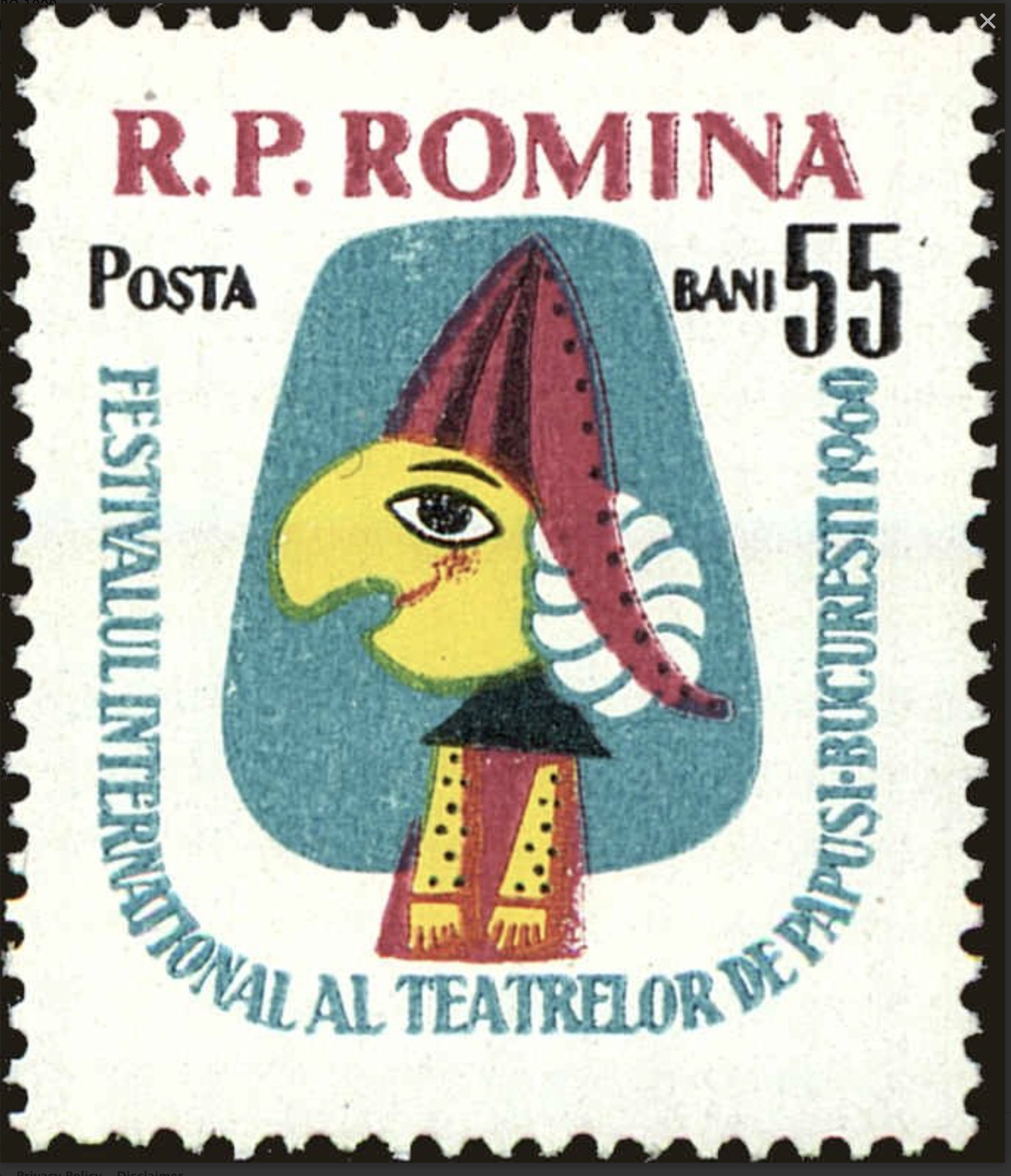Romania #1888 (1966) – Steppe Mammoth (Mammuthus trogontherii)
$0.35
Romania #1888 (1966) – Steppe Mammoth (Mammuthus trogontherii)
2 in stock
Description
Romania #1888 (1966) – Steppe Mammoth (Mammuthus trogontherii)
The steppe mammoth (Mammuthus trogontherii) was a species of mammoth that lived during the Pleistocene epoch. Here are some key features and facts about the steppe mammoth:
- Size:
- The steppe mammoth was one of the largest species of mammoths. Adult males could reach shoulder heights of up to 13 feet (4 meters) and weighed between 10,000 and 12,000 kg (10 to 12 metric tons).
- Appearance:
- Similar in appearance to other mammoths, the steppe mammoth had a thick coat of fur, a long trunk, and large, curved tusks. The tusks could reach lengths of about 4 meters (13 feet).
- Its ears were relatively small, and its body was adapted to cold climates, with a layer of fat for insulation.
- Habitat:
- The steppe mammoth inhabited a variety of environments, including grasslands and steppe regions. Its adaptations to cold climates suggest that it could thrive in a range of ecosystems, including tundra.
- Diet:
- Steppe mammoths were herbivores, feeding on grasses, herbs, and other vegetation. Their large size and tusks likely provided some protection against predators.
- Geographical Range:
- The steppe mammoth had a broad distribution across Eurasia, ranging from Western Europe to Asia. Fossil evidence indicates that they lived in areas that are now part of countries such as Russia, Ukraine, Germany, and France.
- Extinction:
- Like many Pleistocene megafauna, the steppe mammoth became extinct towards the end of the Pleistocene epoch, around 10,000 to 12,000 years ago. The exact reasons for their extinction are not fully understood but are likely to be related to a combination of climate change, habitat loss, and human activities.
- Evolutionary Relationships:
- The steppe mammoth is considered a distinct species within the mammoth genus (Mammuthus). It is not a direct ancestor of the woolly mammoth (Mammuthus primigenius), although they share a common ancestry.
- Fossils:
- Fossil remains of the steppe mammoth, including tusks, bones, and teeth, have been found in various locations across its range. These fossils contribute to our understanding of the paleoenvironments and ecosystems of the Pleistocene.
Studying the steppe mammoth and other mammoth species provides valuable insights into the paleoecology of the Pleistocene, the interactions between megafauna and their environments, and the factors that led to the extinction of these iconic Ice Age mammals.
Ready to ship in 3-5 business days from United States (US)
Additional information
| Weight | 0.0149 lbs |
|---|---|
| Condition | |
| Country | |
| Scott Number | |
| Stamp Format | |
| Stamp Type | |
| Year of Issue |













